Put yourself in a weird situation. Imagine that you write a book and eventually publish it to critical acclaim. Perhaps the story of a “knight errant” and his faithful squire wandering all around Spain. Imagine that it’s so successful, that people all over the world are demanding a second part. Now imagine that an author you’ve never heard of from foreign land comes out with a “sequel” that you never approved. Would you be mad? Outraged? Would you try and sue him? Well, this is the exact situation in which Miguel de Cervantes found himself in in 1614, while writing the official sequel to his beloved book. Sometimes referred to as “False Quixote,” this piece of fan fiction was written by Alonso Fernandez de Avellaneda, whose identity remains unknown. His name is agreed to be a pseudonym but there are many theories about who he was: Some think he was a collection of multiple authors and their stories, others think it may have been Jerónimo de Pasamonte, an inspiration for a character in part one. Despite all of this, Cervantes chose an interesting approach for a response: he acknowledged and even mentioned “False Quixote” in Don Quixote. Many characters throughout the novel reference stories and chapters that happened in Avellaneda’s book, often saying how dumb they were, and Quixote constantly berates the work saying it’s completely false, stupid and ignorant, with every character agreeing with him. This makes for 1. Kind of a headache to wrap your head around and 2. An interesting look at an author answering fanfiction.
I have finally made it through both parts and all 900 pages of this sizable book. In this review, I’ll not only look at the second part of The Ingenious Gentleman Don Quixote of La Mancha, but I’ll be speaking about both parts: the novel as a whole. Here are my ramblings.
If I were to describe to you in one word the second part of Miguel de Cervantes’ magnum opus, Don Quixote, it would be growth. Through the first part but most apparent in the second part, Don Quixote, though made to look like an idiot and a fool, is full of Intelligence. He and his squire, Sancho Panza, can show wisdom in many ways. On the surface, Don Quixote may appear to be nothing more than a funny and witty novel serving to satirize chivalric literature, but I find that, in the end, it is much more than that. Throughout both parts of the book, we get to see these characters grow and progress. Don Quixote goes from being a purely delusional figure acting irrationally and without thought to still being a delusional knight, but one who thinks critically and shows outstanding observation and intelligence. Sancho, too, accomplishes a significant amount of growth.
At the story’s beginning, Don Quixote resolves all of the “adventures” he finds himself in, with rashness. He doesn’t think about what the best way to solve the problem would be, and doesn’t try to find a better solution; he goes at it with immediate fire, only to be struck down most of the time. This is in contrast to his behavior in the second part of the book, where we see him stop and think before he acts, often making brilliant decisions that award him “victory” in his challenges.
As said previously, like his master, Sancho displays admirable character development. In Part I, Don Quixote promises Sancho the governorship of an insula, an island, as a reward for serving as Quixote’s squire. This is all Sancho can think of throughout the first part and a considerable amount of the second part. There is no topic or situation in which Sancho doesn’t bring up his master’s promise and debt to him. However, midway through the second half, Sancho finally receives the governorship he desperately wanted. During this period of the story, we can see how Sancho rules his “insula:” with wisdom. He is presented with many cases in which the inhabitants of his insula bring complaints and predicaments for him to solve, and time and time again, Sancho proves to be a capable judge to these people and even establishes a set of rules and laws which, even after his time of reign, are followed faithfully. After his governorship is over, Sancho realizes that he is more than content with the lifestyle he lived, and longs for it again, which shows us the progression of his desires and wishes.
However, although I loved how the two main characters progressed and received an entire arc throughout the story, that is not to say that all the characters were treated the same way. In fact, one of the main drawbacks and flaws I find in this book is how the cast of many characters is handled. Similarly to the books in Homer’s epic poem, The Odyssey, The chapters in Don Quixote are episodic in nature. Quixote’s adventures are often self-contained in one chapter; after they occur, they are not usually referenced again. As mentioned in the first part of this review, Cervantes, in many parts of the book, stops telling of Don Quixote and his mishaps and instead tells the stories of other characters that our knight and his squire encounter. These different stories often take up several chapters and make no real impact on the main story. He stops the main story so that side-characters can complete side-quests. This in itself wouldn’t be much of a flaw if 1. It didn’t happen that often, 2. The stories were much shorter, and my main complaint 3. We reencountered these characters. We spend so much time getting to know these characters and their troubles just for them to be resolved by what I find to be pure plot contrivances. I would have liked for these characters to pop up again in later parts of the novel, similar to how Victor Hugo handles his characters in Les Miserables (one of the best books I’ve ever read,) but this is decidedly not the case. It would have made a great setup and payoff (again like Hugo does masterfully), but it feels like these stories were put in here so the reader wouldn’t get bored of reading purely about Quixote. Maybe Cervantes was parodying another aspect of chivalric literature, and I didn’t realize it.
That being said, I would like to talk about the tone of the book. This following section will contain spoilers. Although this novel is a parody, filled with humor and jokes, I couldn’t help but notice a sense of darkness throughout the story. Through Quixote’s time as a knight, he gets into many unfortunate situations. He gets beaten, ridiculed, and trampled on, time and time again. One can’t help but feel bad for him. It is true that this is slapstick humor, and that is the point, but still. After so many beatings you would hope that things turn out good for the guy. Eventually they do, but not necessarily to the level I would like it to be. You can’t help but pity him, and that’s all you can do. This was made the most apparent to me in the second part, a section of which I nicknamed “the dutchess.” Quixote and Sancho encounter a duchess and her husband, and the lady is suspiciously well mannered, respectful and acts exactly how Quixote expects her to act when meeting a knight as “well-renowned” as himself. The duchess and her husband eventually bring Quixote and Sancho to stay with them for a few days in which they pull a series of nasty pranks and tricks on them, but most predominantly, on Quixote. He gets beaten by people (and animals) and is ridiculed by everyone in the household, village even, for days on end without him knowing so. It’s truly a miserable time for him and the reader. At the end of the novel, when Quixote eventually denounces knight errantry and chooses to live a simple and humble life with his friends, an illness overtakes him, cutting his life short. Right before he passes, Quixote, or rather Alonzo Quijano, an intellectual and wealthy man, gives his fortune to his friends and family as a recompense for dealing with him while in his “mad state.”
The novel ends bittersweet with the passing of Alonzo and a humorous closing line from the translator, Cide Hamete, who we greet as an old friend: “Such was the end of the Ingenious Gentleman of La Mancha, whose village Cide Hamete would not indicate precisely, in order to leave all the towns and villages of La Mancha to contend among themselves for the right to adopt him and claim him as a son, as the seven cities of Greece contended for Homer.”
Finally, to get technical, Don Quixote was written in Spanish from the 1600s, thus leaving you with two options: read it in spanish, or, read a translation. If you go with the former, great, but if you go with a translation, I heavily recommend Edith Grossman’s translation, published in 2003. The humor is conveyed really well and the writing is a good “modernization” of Cervantes’ language (which at the time, was modern).
Overall, I give Don Quixote 8.5 out of 10 stars and I would definitely recommend everyone who’s thinking about reading it, to do so. Please tell me what you think: do you agree with me? Do you hate everything I said? Please let me know or comment and tell everyone while you’re at it.
Thanks for reading.


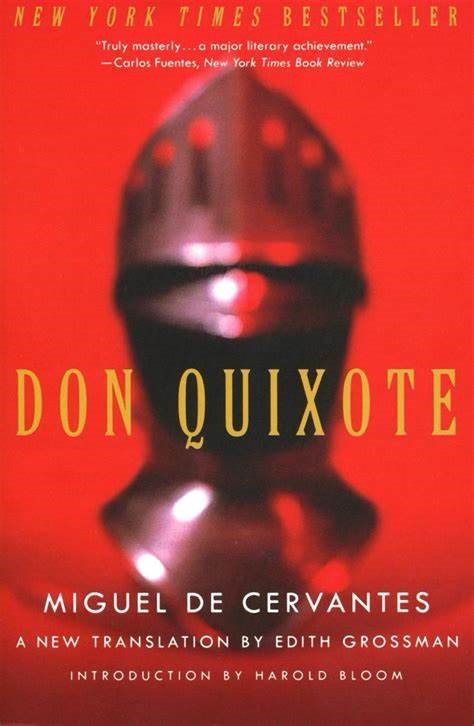
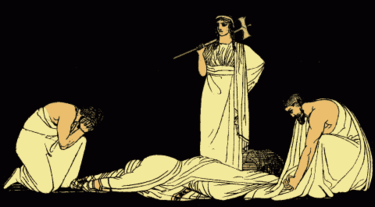
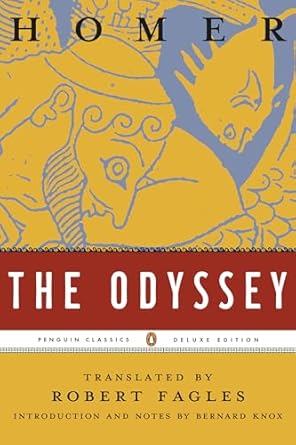
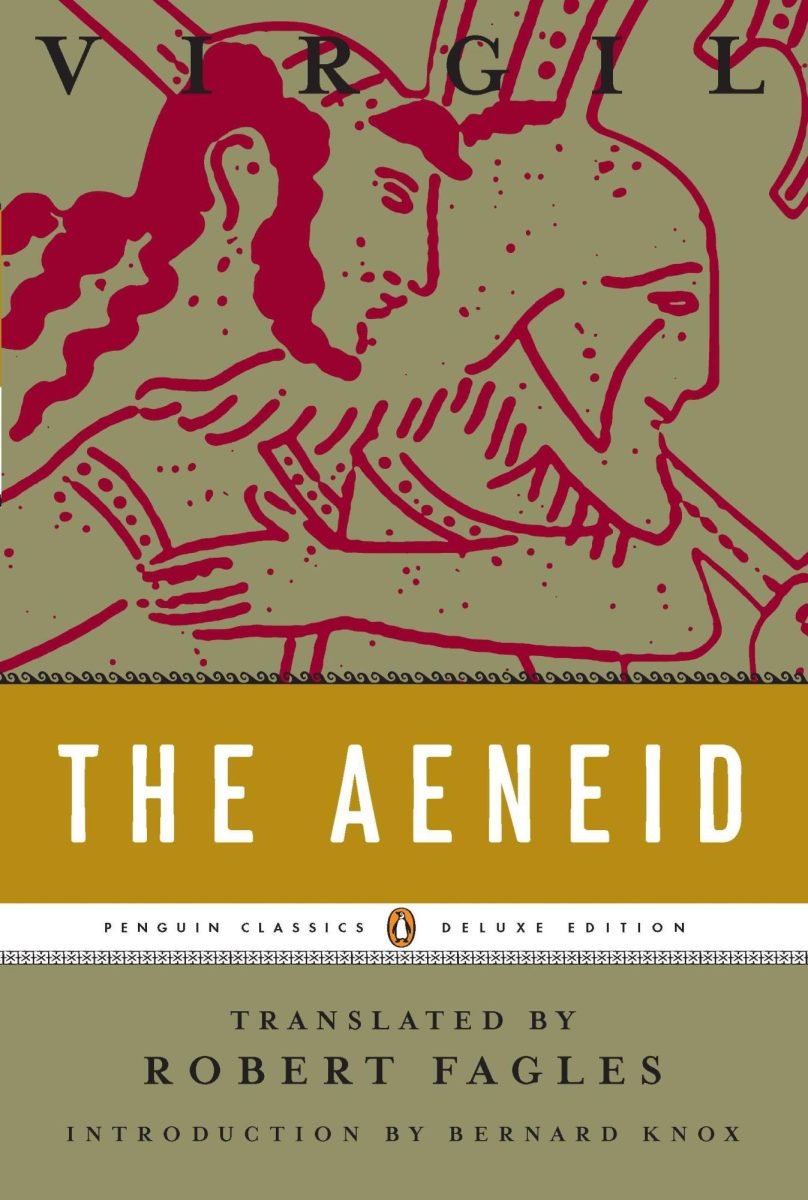
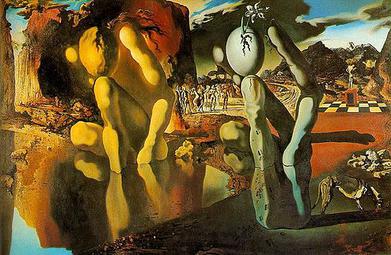
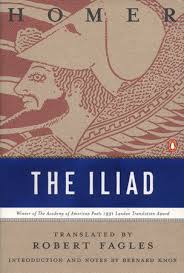





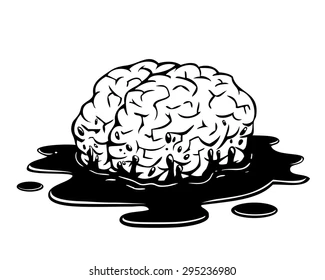
Ted Suarez • Jun 17, 2025 at 11:07 am
I enjoyed the thoughts and comments set forth in the review. I first read Don Quixote in Spanish about 60 years ago. Since that time I have read it several times in English. I still find it challenging to capture in English, the feelings and humor I thought Cervantes was able to convey in his original. But then it is said that translations are an interpretative approximation to the original. And that outcome , rests the skill and art of the interpreter.